Optimal Seasons for Bathtub Installation
Bathtub installations are typically best scheduled during periods of moderate weather, avoiding extreme heat or cold. Spring and early fall often provide optimal conditions for installation projects, ensuring that materials set properly and that there are fewer delays caused by weather disruptions.
Spring offers mild temperatures and longer daylight hours, making it easier to complete bathtub installations efficiently.
Fall provides cooler weather and less humidity, which can help prevent issues related to moisture during installation.
Extreme heat can cause materials to expand or dry too quickly, while winter cold can hinder curing processes and cause delays.
Planning installations during off-peak seasons can lead to faster scheduling and more flexible project timelines.
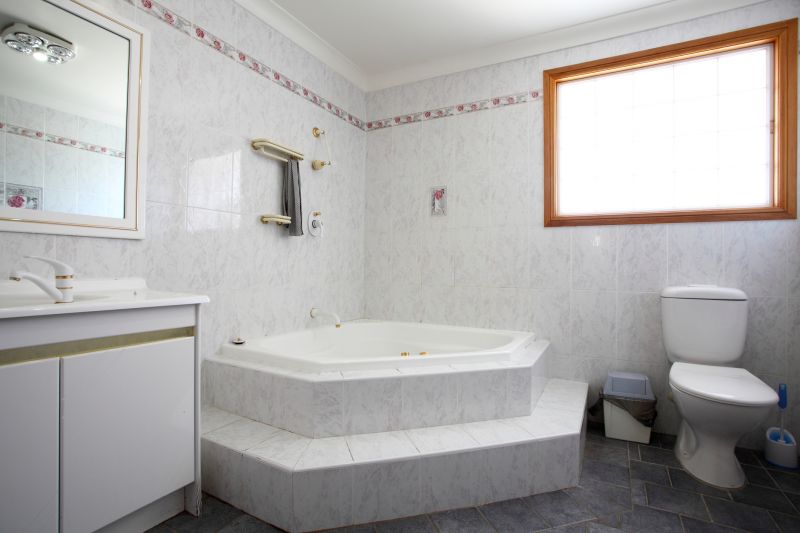
Springtime offers optimal conditions for smooth installation processes.
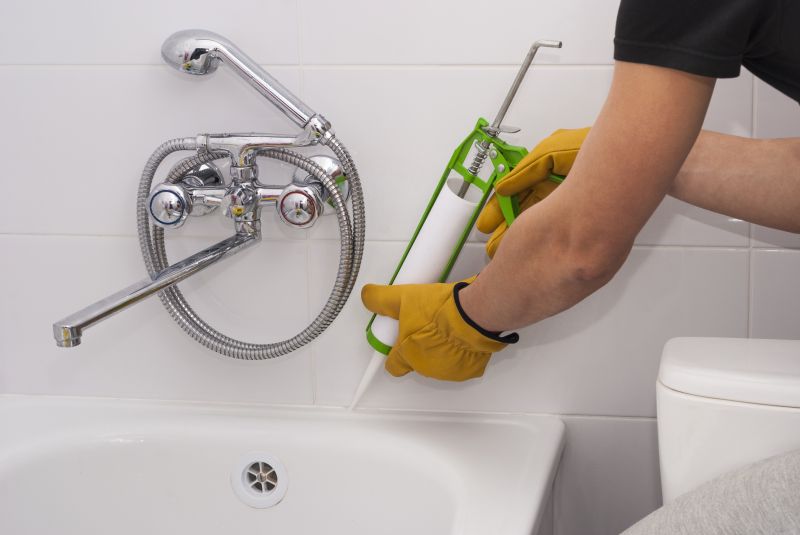
Fall's cooler weather helps ensure proper curing and adhesion.
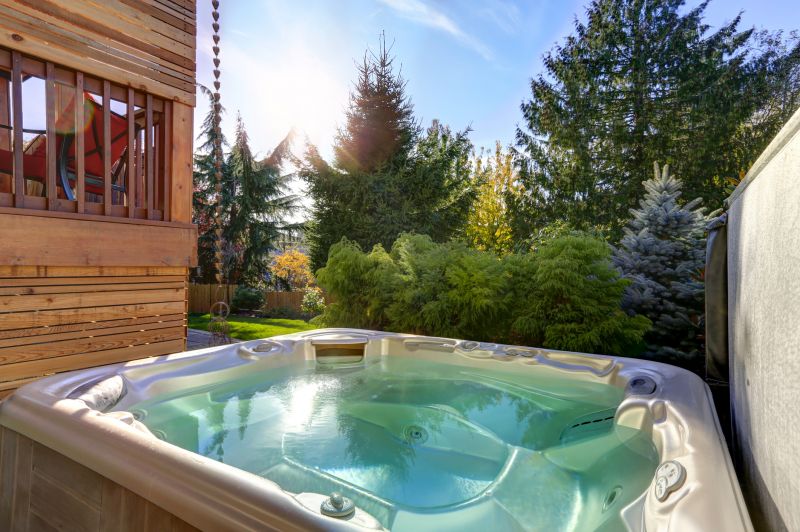
Moderate temperatures reduce installation delays.
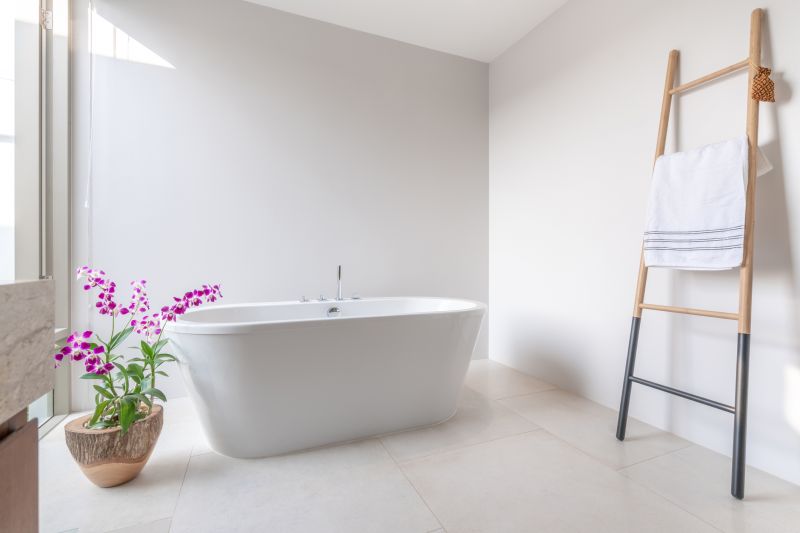
Cooler air minimizes moisture issues during installation.
| Season | Ideal Conditions |
|---|---|
| Spring | Moderate temperatures, longer daylight hours, less humidity. |
| Fall | Cooler weather, lower humidity, less rain. |
| Summer | High temperatures and humidity may cause delays. |
| Winter | Cold temperatures and potential for snow can hinder work. |
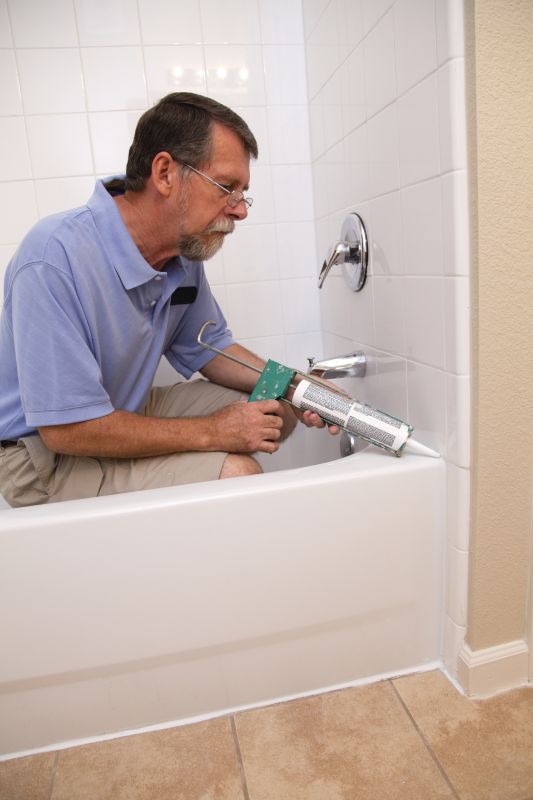
Expert installers ensure proper placement and sealing.
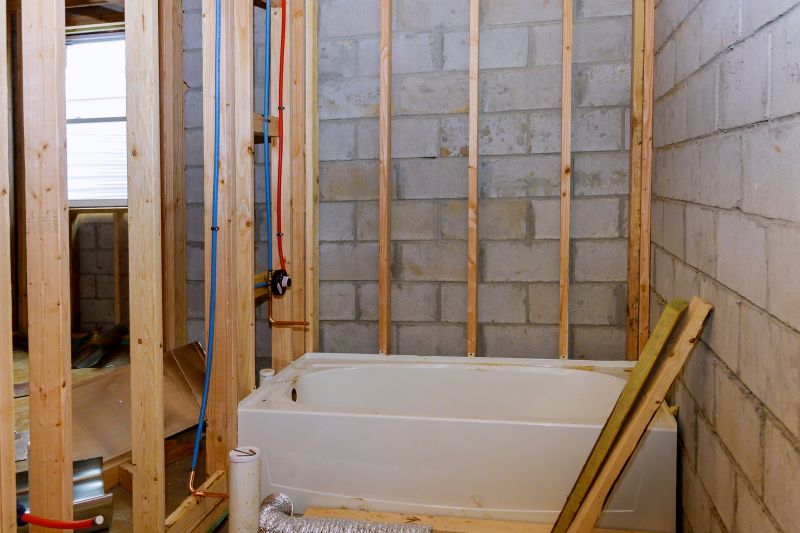
A well-installed bathtub enhances bathroom functionality.
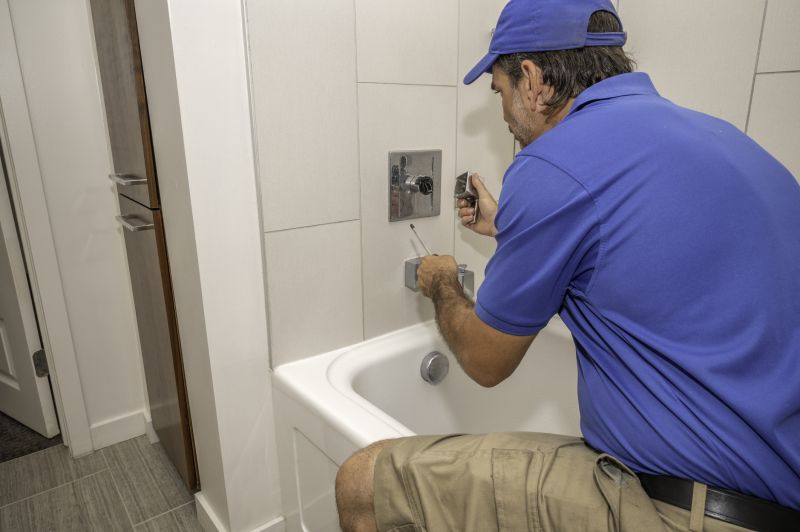
Specialized tools aid in precise and efficient work.
Timing plays a crucial role in the success of bathtub installations. Properly scheduled projects can benefit from optimal weather conditions, ensuring materials set correctly and reducing the likelihood of future repairs. Local climate patterns should be considered to select the most suitable period for installation activities.
Interested in scheduling a bathtub installation? Fill out the contact form for more information.




